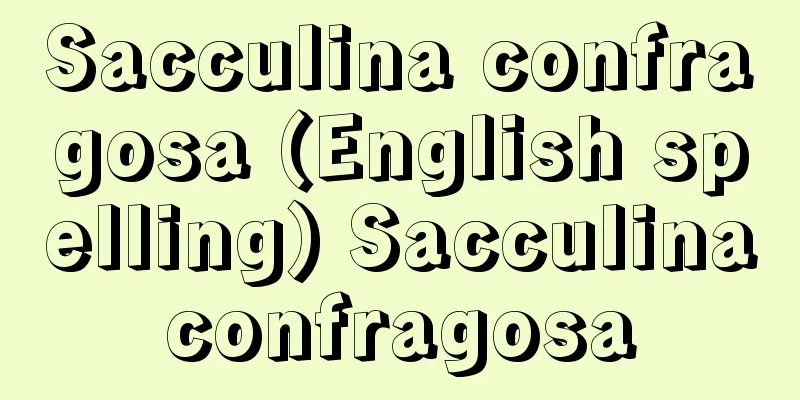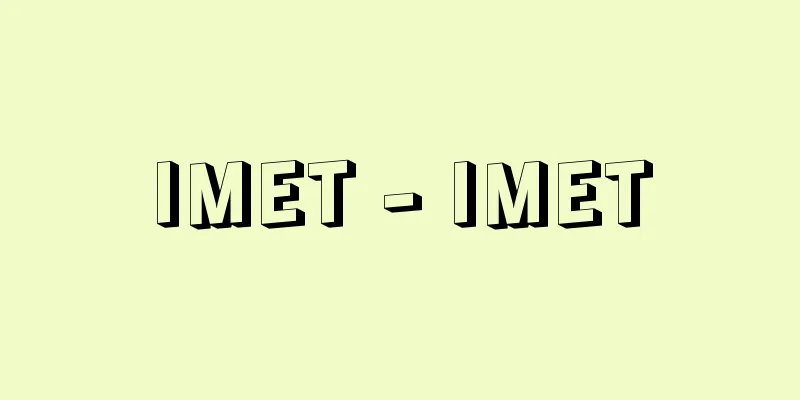Sai On

|
Year of death: 10.12.29 (1762.1.23) Year of birth: Naosada 14.9.25 (1682.10.25) A politician of early modern Ryukyu. He was called Gushikami Oyakata. His pen name was Bunjaku. His father was Saidaku of Kume Village, and his mother was Yo Shingozui. In 1708 (40th year of the Sho Tei era), he stayed at the Ryukyu House in Fuzhou, China for two years, where he studied geography and other subjects. After returning to Japan in 1711 (2nd year of the Sho Etsu era), he became the teacher of the crown prince Sho Kei, but the following year, when Sho Kei ascended to the throne, he became the Kokushishiki (the king's educator). As a result, he was given his house in Shuri and moved there. In 1719 (7th year of the Sho Kei era), when King Sho Kei's investiture envoys came to Japan, there was a dispute over the evaluation (the royal government's purchase of all the goods brought by the investiture envoys in one go), but he negotiated and the matter was resolved safely. In 1719, he re-revised the official history "Chuzan Seifu". In 1720, he became one of the Sanshikan (an important position in the Shuri royal government equivalent to a chief retainer on the mainland, with a capacity of three people). In the 20th year of the same year, together with other Sanshikan, he issued the Gokyojo, a book of morals and ethics for the people of the domain. In the 22nd year of the same year, a secret letter criticizing the Shuri Royal Court was thrown into the Satsuma Zaiban Magistrate's Office, and 15 of the masterminds, including Japanese literature scholar Hirashikiya Chobin and Tomoyori Yasunori, were executed. Some see this as a resentment against Saion's policies. In the 23rd year of the same year, he was ordered to repair the Haneji Okawa River in Haneji Magiri (present-day Nago City), and was in charge of the site from August to November. He also worked to protect and cultivate forests to secure timber, and compiled and published the "Somayama Shikihocho" (Record of Forest Management) and the "Yamabugyosho Scale Record." In the same year, he also began the first land survey since the Keicho era (until the 38th year of the same year, known as the Genbun Land Survey). In 1752, he resigned from his position as Sanshikan, but was not allowed to retire, and five years later, after the investiture was completed, he was finally allowed to retire. His many works include Japanese works such as "Kanai Monogatari," "Doku Monogatari," and "Jijuden," as well as Chinese works such as "Zujiyoden" and "Suiou Katagon," which explain state affairs and Confucianism. He is regarded as the person who established early modern Ryukyu following the path of Kosoken (Huuji Tomohide), who pioneered the reform of Ryukyu society after the Shimazu invasion. Economically, he promoted industrial development, worked to improve agriculture, and sought to protect and cultivate forests in order to increase the self-sufficiency of the royal court. He also made Confucianism the theoretical pillar of national management, and sought to spread Confucian morality among the samurai and commoners. It was said in later years that "there were four Sanshikan after Saion," and his path and works symbolize that later generations of Toro no Mikoto were involved in running the country. <References> Yoshimi Maeda, "Sai-on", Hideaki Sakihama, "Complete Works of Sai-on", Fuyu Iha et al., "Five Great Men of the Ryukyus" (Tana Masayuki) Source: Asahi Japanese Historical Biography: Asahi Shimbun Publications Inc. About Asahi Japanese Historical Biography |
|
没年:尚穆10.12.29(1762.1.23) 生年:尚貞14.9.25(1682.10.25) 近世琉球の政治家。具志頭親方を称した。字は文若。父は久米村の蔡鐸,母は葉氏真呉瑞。尚貞40(1708)年中国福州の琉球館に2年間滞在,地理学などを学ぶ。帰国後の尚益2(1711)年,王世子尚敬の師となったが,翌年尚敬が王位についたため国師職(国王の教育係)となった。それに伴い家宅を首里に賜り遷居した。尚敬7(1719)年,尚敬王の冊封使渡来の際,評価(冊封使節一行の持ち渡り品の王府一括買い上げ)でもめたが,交渉に当たり無事決着させた。同12年正史『中山世譜』を重修。同16年三司官(本土の家老などに相当する首里王府の要職,定員は3人)となる。同20年他の三司官などと連名で領民向けの道徳経倫の書『御教条』を発布。同22年首里王府を批判する密書が薩摩在番奉行所へ投げ込まれるという事件が起き,首謀者の和文学者平敷屋朝敏,友寄安乗ら15人を処刑。蔡温の施策に対する反感とする見方もある。同23年羽地間切(現在の名護市)の羽地大川改修の命を受け,8月から11月まで現場で指揮に当たった。また用材確保のため山林の保護育成に取り組み,「杣山方式帳」「山奉行所規模帳」を編集,公布した。また同年慶長以来の検地に取りかかっている(~同38年,元文検地と呼ばれる)。尚穆1(1752)年三司官を辞したが隠居は許されず,5年後,冊封を終えてようやく隠居が認められた。著作に『家内物語』『独物語』『自叙伝』など和文の書,国政や儒学的思索を説いた漢文の『図治要伝』『簔翁片言』など多数ある。 島津侵入後の琉球社会の改革に先鞭をつけた向象賢(羽地朝秀)の路線を受けて近世琉球を確立した人物と評されている。経済的には王府の自給体制を高めるため,殖産興業の振興を図り,農業の改良に取り組み,山林の保護育成を図った。また国家経営の理論的支柱に儒教をすえ,士民へも儒教道徳の浸透を図った。のちのちまで「蔡温以後三司官は4人いる」といわれたが,その路線と著作を通して,後代の当路者が国家運営に当たったことを象徴している。<参考文献>真栄田義見『蔡温』,崎浜秀明『蔡温全集』,伊波普猷他『琉球の五偉人』 (田名真之) 出典 朝日日本歴史人物事典:(株)朝日新聞出版朝日日本歴史人物事典について 情報 |
<<: Zion National Park - Zion National Park
Recommend
opossum-shrimp (English spelling) opossumshrimp
…When the female reaches maturity, she lays eggs ...
Primary production
…biological production is one of the most fundame...
Nakatomi [town] - Nakatomi
A former town in Minamikoma County in the southwes...
Onoe Kikugorou (IV)
...The art was continued by the 15th Uzaemon and ...
Abiko
…One of the ancient Japanese surnames. Also writt...
Fujiyama Aiichiro
Businessman and politician. Born in Tokyo. Eldest...
Kamaya Mabu - Kamaya Mabu
... In the mid-16th century, with the arrival of ...
Phyllodoce caerulea (English spelling) Phyllodocecaerulea
… [Kei Yamazaki]. … *Some of the terminology that...
Special Law on Administrative Litigation - Gyosei Jiken So Sho To Kureiho
...However, the subsequent purge of a Minister of...
Junior college (English spelling)
A two-year institution of higher education in the ...
Cado - Cado
...The fact that this power was strong in the pas...
Katano Monogatari - Tale of a Tale
…In the Tale of Genji and Ochikubo Monogatari, he...
Azusa River
A river that flows through western Nagano Prefectu...
polyaddition
...These methods are used, for example, to produc...
Analog circuit - Analogue circuit
An electronic circuit that amplifies or decreases ...









